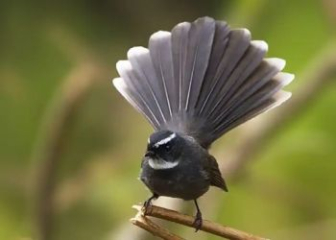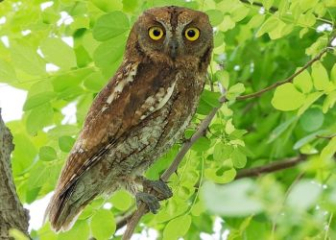Blue-necked Robin - Behavior & detailed breeding techniques
Blog | by
Blue-necked Robin (also known as Bluethroat), a beautiful ornamental bird with colorful chest feathers, migratory habits, easy to adapt, and good survival.
The Blue-necked Robin is a bird with an impressive appearance with a three-color blue - black - orange "bib". They not only have an attractive appearance but also make people interested with unique biological characteristics and behaviors such as migrating when winter comes.
Let's learn more about the origin, habits and care of the Blue-necked nicebirds through the article below to better understand this interesting migratory bird!
Blue-necked Robin information :
|
Scientific name |
Luscinia svecica |
|
Common name |
Bluethroat, Bluethroat |
|
Set |
Passeriformes - Order of Passeriformes |
|
Surname |
Muscicapidae - Flycatchers |
|
Source |
Asia - Europe |
|
Size |
Origin of the Blue-throated Robin
The Bluethroat has the scientific name Luscinia svecica, commonly known as Bluethroat. They are native to temperate regions in Asia - Europe. Specifically, some areas are as follows:
- Northern Europe such as Norway, Finland, Sweden.
- Central and Eastern Europe.
- Russia, Mongolia,...
Currently, Luscinia svecica has up to 11 different subspecies, but among them are some typical species as follows:
- L. s. svecica – distributed in Northern Europe
- L. s. cyanecula – Central Europe
- L. s. magna – Siberia
- L. s. abbotti – Tibet
Each species will have different physical and behavioral characteristics, characteristic of the living climate.
In Vietnam, this bird species usually appears from October to April, this is the time when they migrate from other places to avoid the cold. They are not native birds of our country but are migratory birds, visiting for a few months each year.
The name “Luscinia svecica” is derived from “Luscinia” meaning nightingale in Latin and “svecica” meaning Sweden, which is understood as “Swedish nightingale”.
Blue-necked Robin Appearance
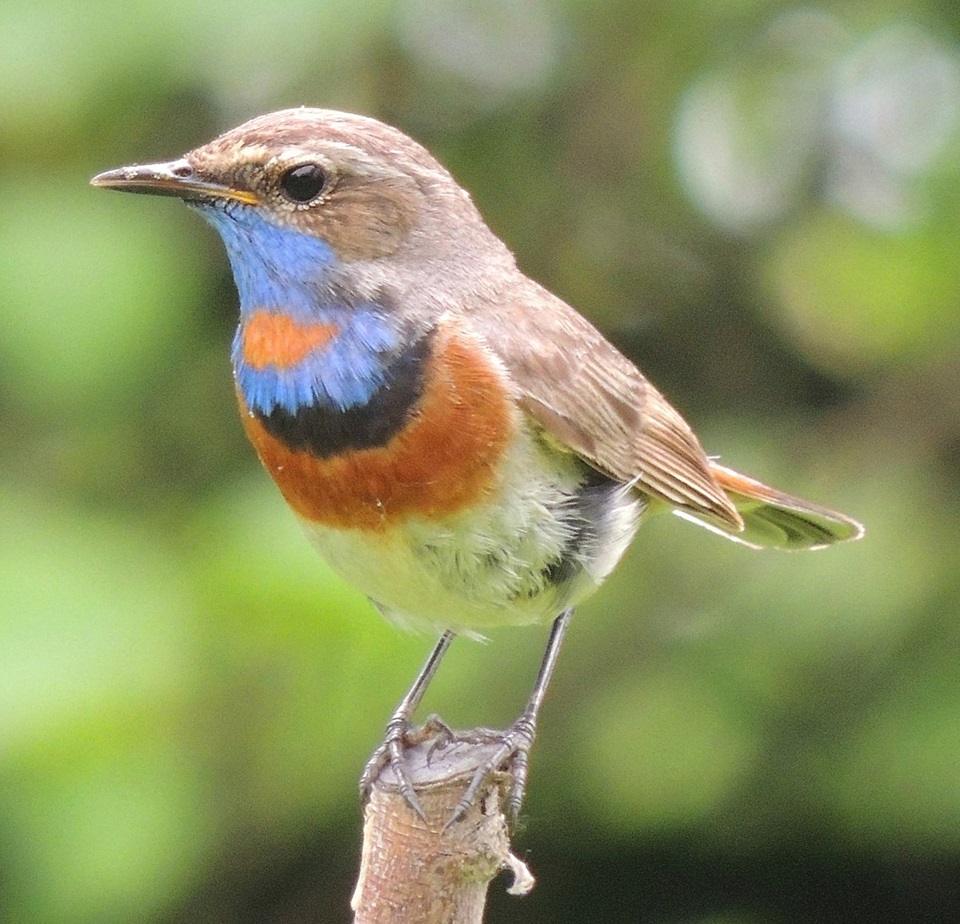
A male Blue-necked Robin with a brightly colored wattle.
Let's learn in detail about the outstanding physical characteristics of male, female and baby Blue-necked Orioles to easily recognize this bird species in the vast world of ornamental birds.
General appearance
Both male and female Blue-necked Robins have the following common physical characteristics:
- Length: 13 - 14 cm
- Weight : 15 - 20g
- Shape : Slim, small, long tail, high legs.
- Posture : Stand upright, often bobbing head or shaking tail.
Appearance of the male Blue-necked Robin
Male Bluethroats are always more colorful than females, and they are at their most beautiful during the breeding season.
Some physical characteristics are as follows:
- Throat and chest : There is a blue bib-shaped streak surrounded by a white or orange border, which is very prominent.
- Eyebrows : There are white lines above the eyes, which look like eyebrows.
- Back and wings : Grayish brown or olive
- Belly : White or pale yellow.
- Tail : When spread out, there will be a patch of reddish-brown fur at the base of the tail.
Appearance of female and baby Blue-necked Robin
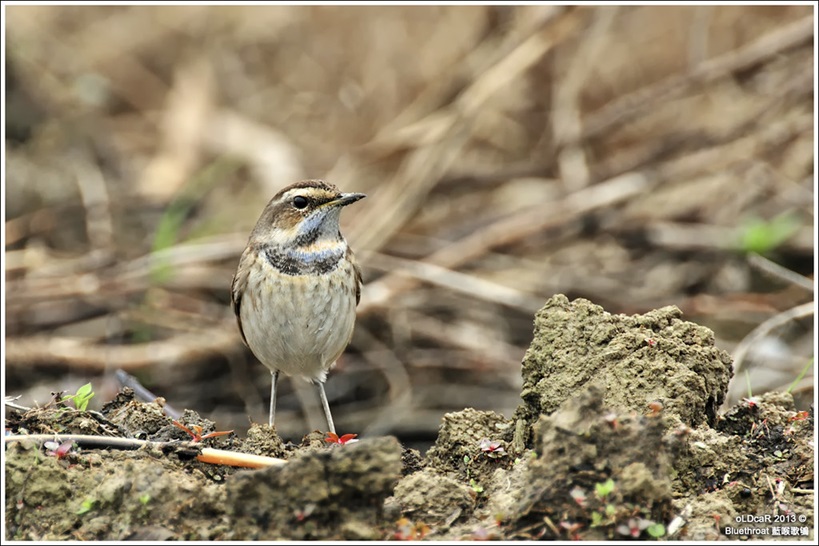
Female Blue-necked Robin with a pale appearance.
Female and juvenile Blue-throated Robins have a duller, simpler appearance than the male, as follows.
Female bird :
- The color is lighter than the male bird.
- The blue streak on the chest is faint and not clearly visible, instead there are white or light brown spots.
Baby bird :
-
The feathers are greyish-brown, like the female but are smaller in size and completely lack the blue streak on the breast.
Blue-throated Robin behavior

Bluebirds always migrate when winter comes.
The Blue-throated Robin is a migratory bird and has many interesting habits and behaviors, very different from other Robin species. Let's find out below!
Migratory
Bluethroats are long-term migratory birds, often migrating to warmer climates when winter comes. Their annual migration distance can be up to 4,000 - 6,000 km.
Specific immigration information is as follows :
|
Reproductive area |
Migratory area to winter |
|
Norway, Sweden, Finland |
India, China, some Southeast Asian countries including Vietnam |
|
Central Europe, Eastern Europe |
North Africa |
|
Russia, Mongolia |
Indian subcontinent. |
Singing and communication habits
The male Bluethroat will have a louder and more melodious song than the female. The male also uses his song to attract a mate or to defend his territory.
Besides, this bird also has the ability to imitate the calls of many different bird species.
Nesting and breeding
Blue-throated robins usually nest on the ground, in bushes or tall grass, rather than in tall trees like many other birds. Their nests are cup-shaped, made from grass, leaves or tree roots.
In Vietnam, birds only migrate for wintering, so they never nest and breed in our country.
Flexible movement for food
Blue-necked orioles love to eat worms and small insects, and occasionally eat fruits and seeds. They have a very interesting way of catching prey: they jump, wait, and then swoop down to pounce on their prey from low bushes.
They usually move by jumping, gliding low under the trees or grass.
Adaptable, good survival
As a migratory bird, the Blue-necked Oriole has the ability to adapt and survive very well. They can live in many different environments such as cold climates to tropical plains.
How to raise and care for Blue-necked Nightingales in the most detailed way
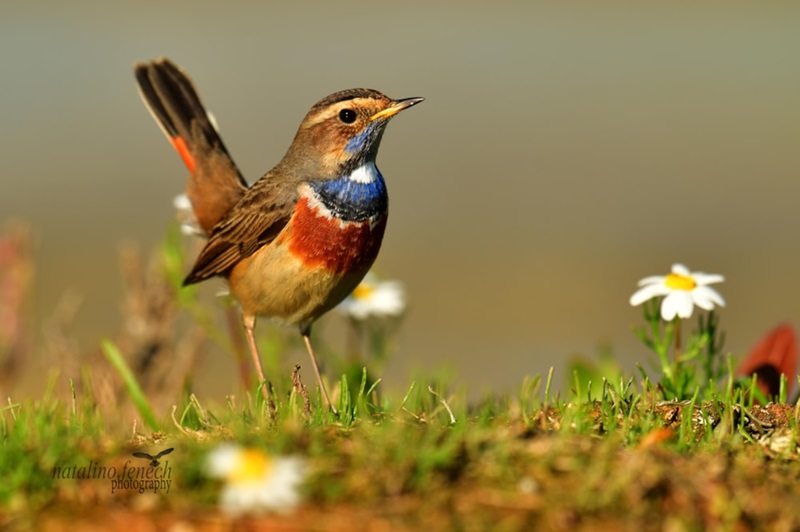
Detailed instructions on how to raise Blue-necked Nightingales.
Blue-necked Nightingales are easy to raise and adaptable, however, if not properly cared for, they will not grow well, live long and sing well. Therefore, you can refer to the instructions for raising and caring for this bird shared below.
Prepare suitable cages and living environments
First, for the Blue-necked Oriole to adapt and thrive in captivity, you need to prepare a spacious, comfortable cage that meets the following basic conditions:
- Cage size : Minimum 40 x 50 x 60 cm (length x width x height), the wider the dragon the better.
- You should: Choose a sturdy bamboo or stainless steel cage with moderately spaced bars.
- The cage should have the following equipment: 2 - 3 perches of different heights, food and water trays, and a tray of sand or clean soil for the bird to dust bathe in.
- Cage location : The cage should be hung in a cool, quiet, sunny place, away from noise and dust.
What do blue-throated robins eat?
Blue-necked Robins can eat a variety of foods, from insects, seeds to fruits. When keeping them in captivity, you should pay attention to providing them with a balanced, nutritious diet. You can refer to some of the following foods:
- Main food : rice worms, young grasshoppers, baby crickets, earthworms, specialized bran for birds or self-mixed bran if you have time.
- Supplemental food : Soft, sweet ripe fruits such as papaya, banana,... periodically supplement with multivitamins.
- Drinking water : Give the bird clean water, change it every day.
Sunbathe, water bath and dust bath regularly
In addition to sunbathing and water bathing, Blue-necked Robins also like dust bathing. Specifically as follows:
- Sunbathing : Every day, take the bird out to sunbathe in the morning between 7am and 9am, each time for about 20-30 minutes. Sunbathing helps the bird synthesize vitamin D for shiny feathers.
- Bathing : Give the bird a bath 2-3 times a week using a small shallow bath tray, then let the bird dry naturally.
- Dust bathing : Prepare a tray of fine sand and clean soil in the cage so that the bird can enjoy dust bathing every day.
Training & Familiarization
To help the Blue-necked Robin quickly get used to its new environment and become more tame, you need to spend a lot of time training and getting used to it. You can follow these instructions:
- In the early stages when you first bring the bird home, you should hang the cage in a place with few people, cover the cage with a cover so that it covers ¾ of the cage, and limit contact. After a few days, you can start to have more contact.
- Talk and interact often to help birds get used to human voices and avoid stress and fear due to changes in living environment.
- When the bird is tame, familiar with people and happier, you can open the cage to let the bird sunbathe and then fly back to the cage. However, this only applies to birds that are really familiar with their owners.
Disease prevention and health care for birds
Disease prevention and health care are important factors to help Blue-necked Robins have good health. You should pay attention to the following:
- Cage cleaning change paper liners, litter tray, remove leftover food every day. Clean the cage, food tray and water tray every 2-3 days.
- Supplement digestive enzymes and deworming medicine periodically, usually once every 1-2 months.
- Isolate new birds before releasing them into the same cage to avoid infection.
- Observe the bird's behavior daily to detect early signs of abnormalities such as ruffled feathers, lethargy, loss of appetite, and loose stools so that timely treatment can be given.
How much is a Blue-necked Robin?
Bluethroat is a migratory bird and only winters in Vietnam, so this bird is not popular in our country's bird village. Therefore, there is no specific information about their price.
But according to our research on some bird forums, the price of wild Blue-necked Orioles ranges from 150,000 - 300,000 VND/bird.
If you want to know the exact price, please contact reputable bird shops directly or exchange information in groups for more detailed advice!
Beautiful Blue-necked Oriole Pictures
Right below is a collection of the most beautiful and lovely blue-necked robin images. We invite you to admire more to fully appreciate the beauty of this bird with its unique "bib".

Close-up of the beautiful blue “bib” of a male Blue-throated Robin.

A Blue-necked Robin with a slightly chubby appearance.
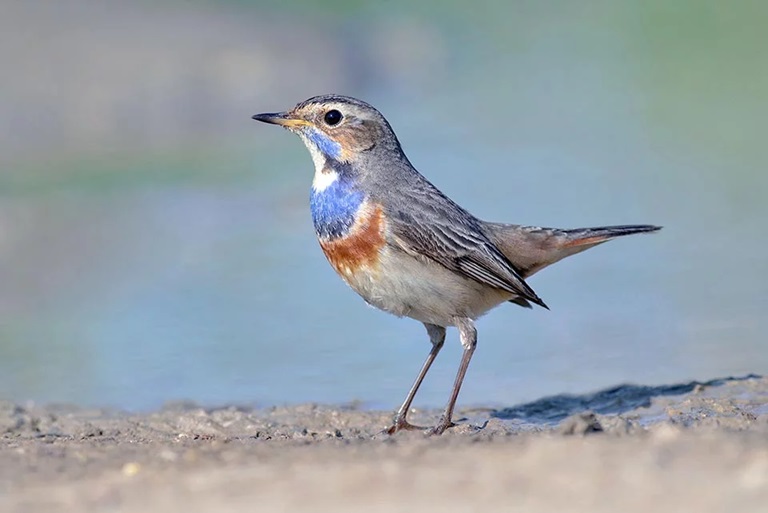
Image of a Blue-necked Robin foraging on the ground.
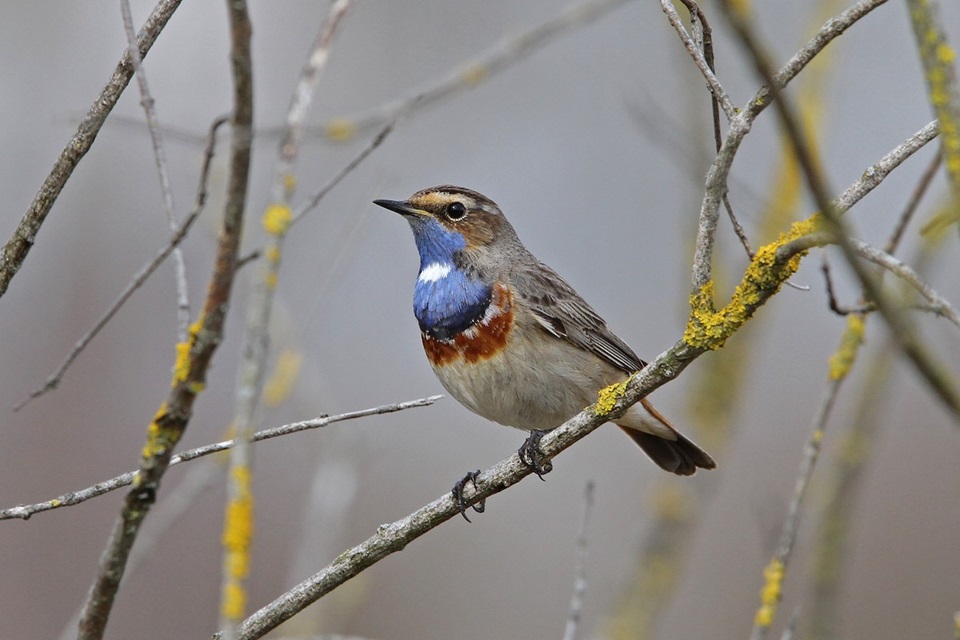
A Blue Robin is perched on a dry branch.
Through the above article, nicebirds.net has introduced interesting information about the Blue-necked Oriole . Hopefully it will help you better understand this unique migratory bird. If you want to raise a bird that is small, pretty but strong and has personality, the Blue-necked Oriole is not a bad choice.
Don't forget to visit our Blog section to read more interesting articles about other bird species in the world!

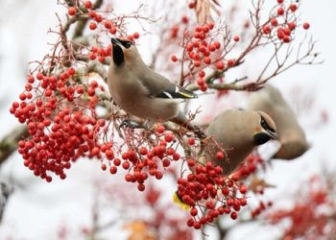

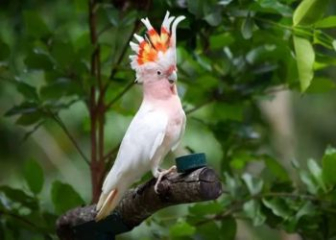
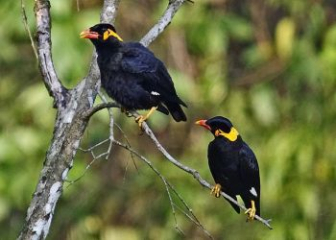
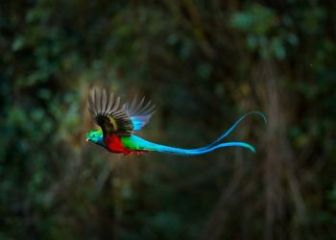





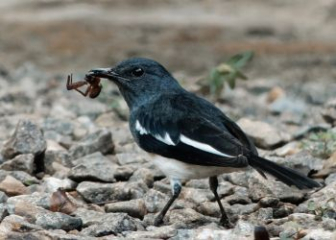
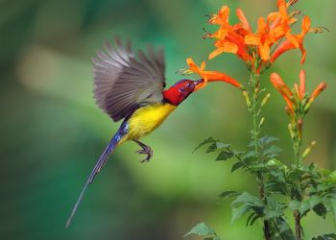


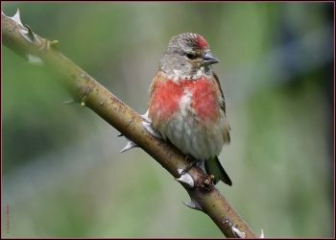
_350x250.jpg)
